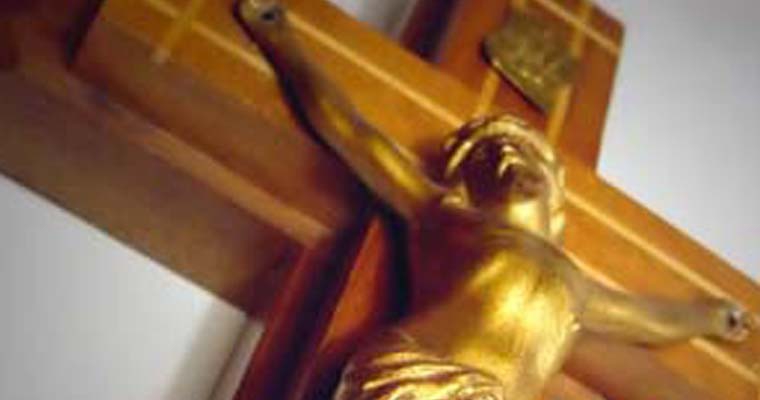In the past month the Diocese of Syracuse has witnessed three men of Ministry— Deacon Ken Kirkman, Deacon Peter Tassini Jr. and Father Zach Miller, receive the Sacrament of Holy Orders. What is this sacrament all about? According to the Baltimore Catechism, Holy Orders is one of the seven sacraments “by which bishops, priests and other ministers [i.e. deacons] of the Church are ordained and receive the power and grace to perform the sacred duties.”
Why is this sacrament called Holy Orders?
The word “holy” means to set apart for a purpose and the word “order means to incorporate someone into established civilized structure or body.” The U.S. Conference of Catholic Bishop’s states, “Holy Orders is the sacrament through which the mission entrusted by Christ to his apostles continues to be exercised in the Church until the end of time: thus it is the sacrament of apostolic ministry. It includes three degrees: episcopate, presbyterate, and diaconate.
Who can receive the Sacrament of Holy Orders?
In keeping with the tradition of Christ and His Apostles, only baptized men are eligible to receive this sacrament. A candidate for the sacrament of Holy Orders cannot demand the sacrament: the calling of an individual candidate to a ministry vocation comes from God and the authorities of the Church approve the acceptance into the ministry. Women religious and Brothers do not receive Holy Orders but instead profess their faithfulness to God through vows.
Can someone receive Holy Orders more than once?
There is only one sacrament of Holy Orders but within it are three degrees: episcopate for a bishop, presbyterate for a priest and diaconate for a deacon. All three degrees of Holy Orders happen through ordination. Once ordained, the candidate can perform the duties of any office for which he has been ordained, but not the duties of an office above him. For instance, a deacon cannot take the place of a priest, but a priest can perform the duties of a deacon because he has already been ordained to that office. Each degree has graces that are bestowed. Bishops through Holy Orders can administer all seven sacraments— baptism, penance, Holy Eucharist, confirmation, matrimony, anointing of the sick and Holy Orders. Once ordained, a bishop is considered a part of the “college of bishops.” The pope is the head of the college of bishops, and is considered the Bishop of Rome and the successor of St. Peter.
Priests, as representatives of Christ, have the authority to preach and celebrate five of the seven sacraments: baptism, penance, Holy Eucharist (Mass), matrimony and anointing of the sick, and with permission, confirmation.
A deacon can proclaim the Gospel and celebrate two of the sacraments, baptism and matrimony (if it is performed without a nuptial Mass).
Does the sacrament of Holy Orders remain with an individual forever?
The sacrament of Holy Orders leaves an indelible mark on an individual’s soul, even if under extraordinary circumstances, an individual becomes laicized.
Who can perform the sacrament of Holy Orders?
A bishop, as the successor to the Apostles, can administer the sacrament of Holy Orders. He does so by the “laying of the hands” on the head of the candidate and asking the Holy Spirit to bestow the gifts of the degree of the Holy Orders the candidate is seeking.
This article is part of a seven part special topic series on the Seven Sacraments. The next sacrament to be discussed will be Holy Matrimony.





